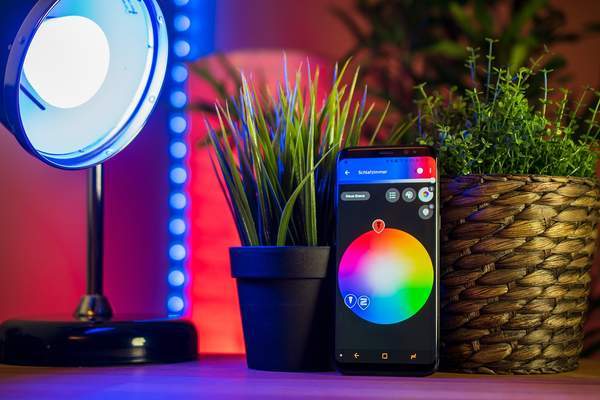In the ever-evolving world of home technology, DIY smart home upgrades offer homeowners the chance to enhance convenience and efficiency. However, integrating these technologies can be daunting without the right guidance. As a professional home inspector, I’ve seen how these additions can transform a living space, and I’m here to help you navigate the complexities of smart home installations.
Understanding Smart Home Hubs
The cornerstone of a smart home is a reliable hub. These devices act as the central command, connecting all your smart devices. When selecting a hub, consider compatibility with existing devices and future expansion. Popular hubs like SmartThings or Hubitat support a wide range of products and protocols, such as Zigbee, Z-Wave, and Wi-Fi. Ensure your hub is positioned centrally in the home to maintain strong connectivity across all devices.
Enhancing Security with Smart Locks
Smart locks offer enhanced security and convenience, allowing homeowners to lock or unlock doors remotely. When choosing a smart lock, prioritize models with ANSI Grade 1 certification for optimal security. Installation typically involves replacing the existing lock mechanism, which can be done with standard tools. Key features to look for include:
- Bluetooth and Wi-Fi connectivity for remote access
- Integration with existing security systems
- Automatic locking and unlocking functions
Energy Efficiency Through Smart Thermostats
Smart thermostats not only provide comfort but also contribute to energy savings. Models like the Nest Learning Thermostat or Ecobee SmartThermostat adapt to your schedule and optimize energy use. When installing, ensure compatibility with your HVAC system. The thermostat should be placed away from direct sunlight and drafts for accurate temperature readings. Consider models with Energy Star certification for guaranteed efficiency improvements.
Lighting Automation and Smart Bulbs
Automated lighting is a popular smart home upgrade, offering control over ambiance and energy usage. Smart bulbs can be controlled via apps or voice assistants, allowing for easy customization. Opt for LED smart bulbs for energy efficiency and longevity. Installation is as simple as replacing your existing bulbs and connecting them to your hub or Wi-Fi network.
Smart home upgrades can significantly enhance your living space, but it’s crucial to approach them with a strategic plan. As a professional home inspector, I recommend seeking expert advice to ensure these technologies are integrated safely and effectively. For comprehensive assessments and personalized advice, consider scheduling a home inspection today.

